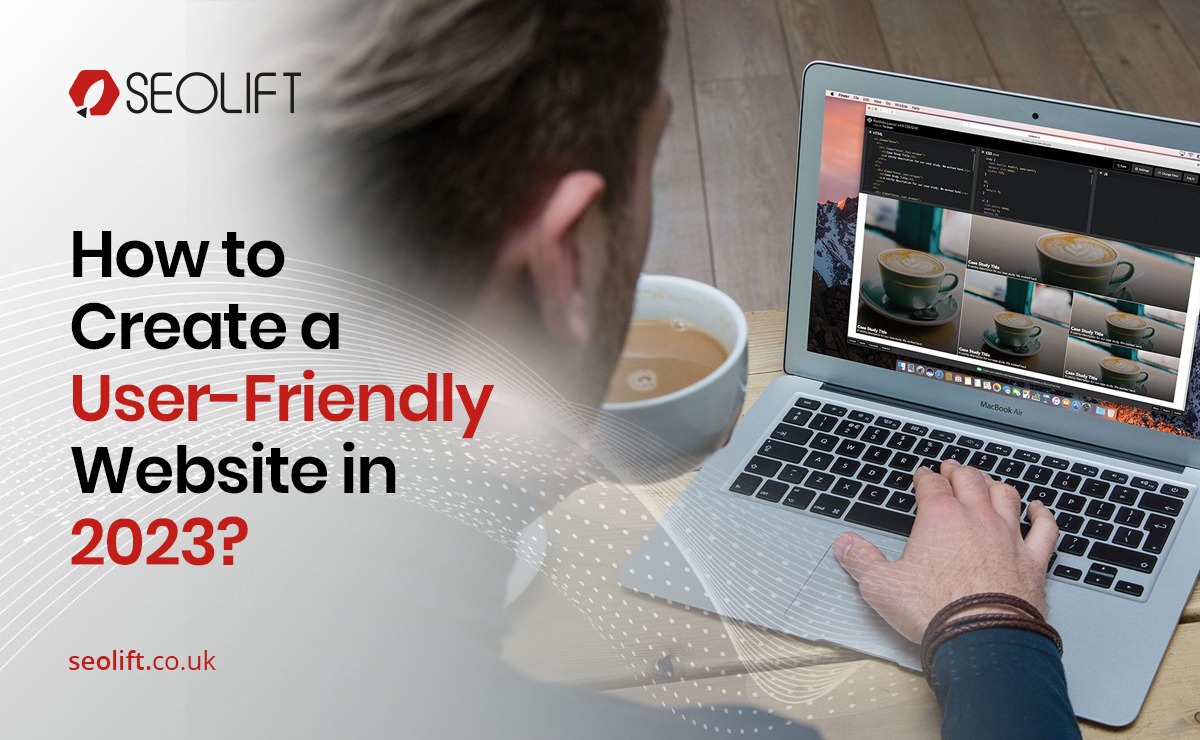
In 2023, having a user-friendly website is not a luxury but a requirement. A user-friendly site makes it easy for visitors to find information, navigate, and interact with your site. This comprehensive guide will discuss the significance of developing a user-friendly website and provide practical steps to accomplish this critical goal.
A user-friendly website is designed and structured so visitors can easily interact with it and find the information they are looking for. Such a website prioritises its users’ needs and preferences, providing a seamless and enjoyable experience. It’s like entering a well-organized store where everything is neatly labelled and accessible, unlike a cluttered and disorganised space.
The significance of a user-friendly website cannot be overstated. Here are some key reasons why it is essential:
A user-friendly website gives visitors a positive and efficient experience. This can result in higher engagement, more time spent on your compelling website, and higher conversion rates. There are more chances for users to return and become loyal customers if they have a pleasant and hassle-free experience on your website.
Search engines like Google significantly prefer websites that provide a positive user experience. According to the best SEO company London UK, a user-friendly website can help you rank higher in search engines, making it hassle-free for potential customers to find you. When determining search rankings, Google’s algorithms consider page speed, mobile friendliness, and overall user experience.
Visitors are more likely to take convenient actions like making a purchase, signing up for a newsletter, or contacting your business when they can easily find what they’re looking for and navigate your site without frustration. Conversion rates can be significantly increased using user-friendly design and clear calls to action.
Creating a user-friendly website entails several vital elements that must all work together to ensure a pleasant user experience. Let’s take them one at a time:
Before you begin designing your website, you must thoroughly understand your target audience. Consider the following:
According to the best PPC agency UK, a user-friendly website must have a clear and concise navigation structure. Here’s how you do it:
The visual aspects of your website are fundamental in terms of user-friendliness. Make your website easy to read and navigate by:
Clutter can be overwhelming to visitors and make it difficult to absorb information. To avoid overwhelming your audience, follow these steps:
Visual content can improve the overall appeal of your website and effectively engage visitors:
Developing a user-friendly website is a continuous process. Once your website is up and running, you must:
Creating a user-friendly website is an investment in your online presence and your users’ satisfaction. While it may take time and effort, the benefits outweigh the difficulties. You can create a digital space accessible for users to navigate and use by understanding your target audience, designing clear and concise navigation, using high-contrast colours and fonts, avoiding clutter, incorporating images and videos thoughtfully, and regularly testing and optimising your website.
We offer the best-in-class Digital Marketing solutions to cater your brand and business needs. At Seolift, we have a team of experts who provide you with top notch digital marketing services. Our premium services include SEO, PPC, SMM and Content Marketing.
